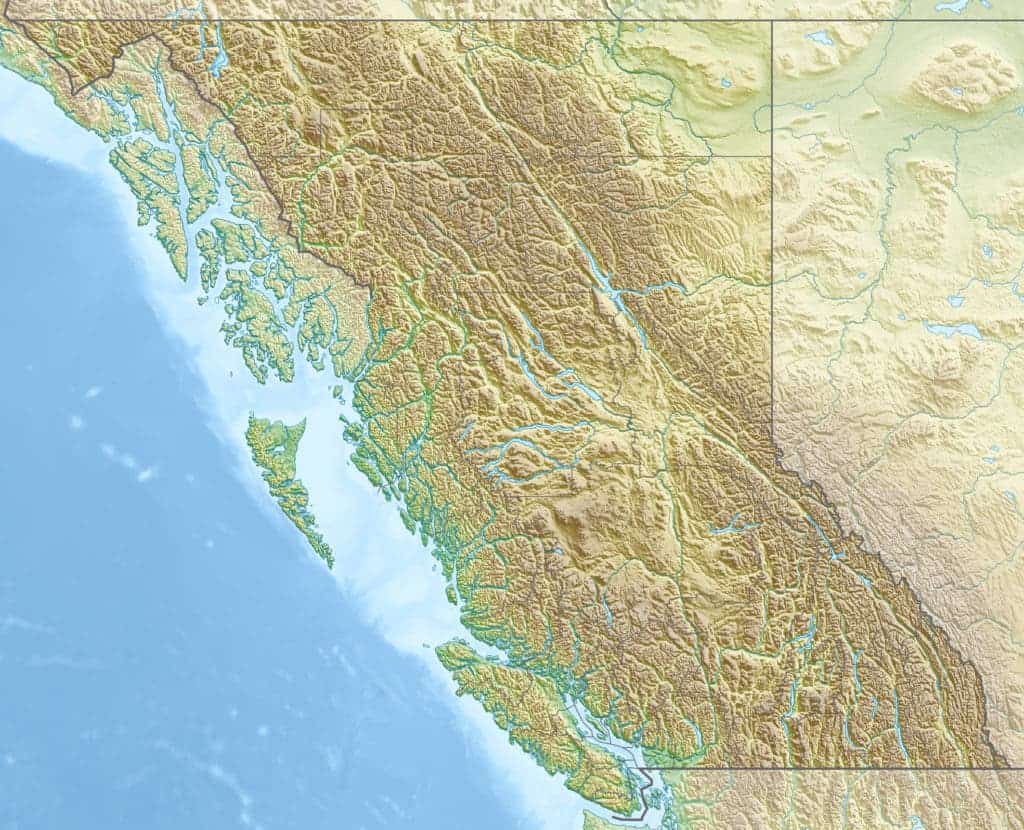When Alisha Gauvreau, an anthropology PhD student at the University of Victoria started excavating a rocky spit on Triquet Island, some 500 kilometers northwest of Victoria, she didn’t really know what to expect, but this definitely surpassed even her most ambitious expectations.

The archaeological team patiently dug and then sifted through meters upon meters of soil and peat, before they finally found something interesting: the charred remains of an ancient hearth. As it so often happens, that’s just the start of interesting things. Not long after that, Gauvreau and collaborators found a trove of items, including tools for lighting fires, fish hooks, and spears, all dating back from 14,000 years ago.
“I remember when we get the dates back and we just kind of sat there going, holy moly, this is old,” said Gauvreau.“What this is doing is just changing our idea of the way in which North America was first peopled.”
The findings tell an interesting story, that of an early migration occurring on British Columbia’s ancient coastline, and challenges some of the most widely-held beliefs about humans migrating to North America. The classic story is that humans arrived some 13,000 or 14,000 years ago, crossing a land bridge that connected modern-day Siberia to Alaska. But more and more research is starting to challenge that belief. The challenging theory is that people arrived on the coast, settling down on a coastal strip of land that did not freeze during the ice age. In a radio interview with the CBC, Gauvreau says that her research adds significant weight to that idea.
“[A]rchaeologists had long thought that … the coast would have been completely uninhabitable and impassible when that is very clearly not the case,” she explains.
To make things even more interesting, these findings support the ancient, oral, histories of aboriginals. The Heiltsuk people are the descendants of a number of tribal groups who came together Bella in the 19th century. For countless generations, Heiltsuk First Nation elders have told the story about how their ancestors arrived in the area, on the coast.
“[I]t reaffirms a lot of the history that our people have been talking about for thousands of years,” William Housty, a member of Heiltsuk Nation, proudly stated.
Now, anthropologists and archaeologists want to explore more of the coast and the coastal islands, to further document how the migration happened.






